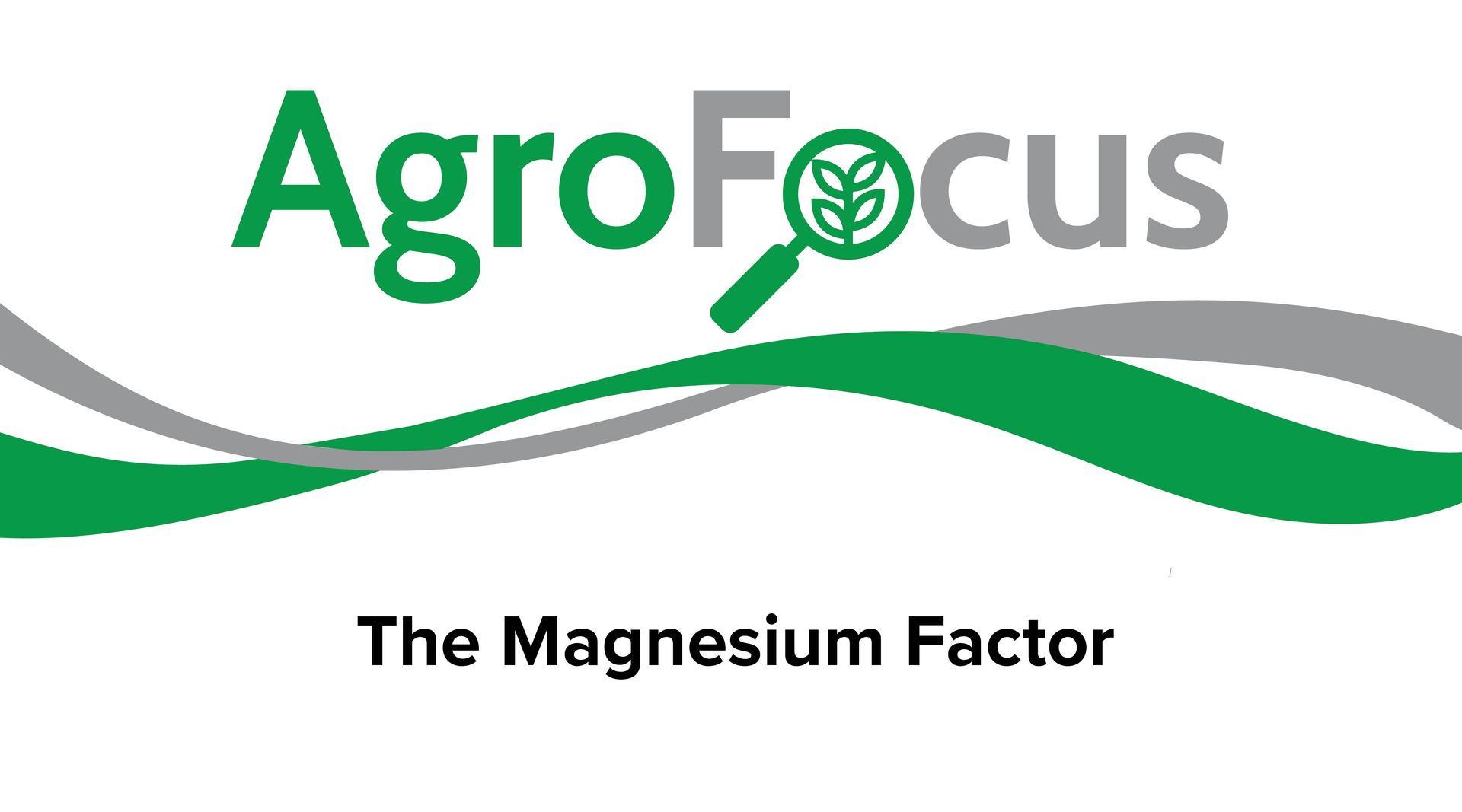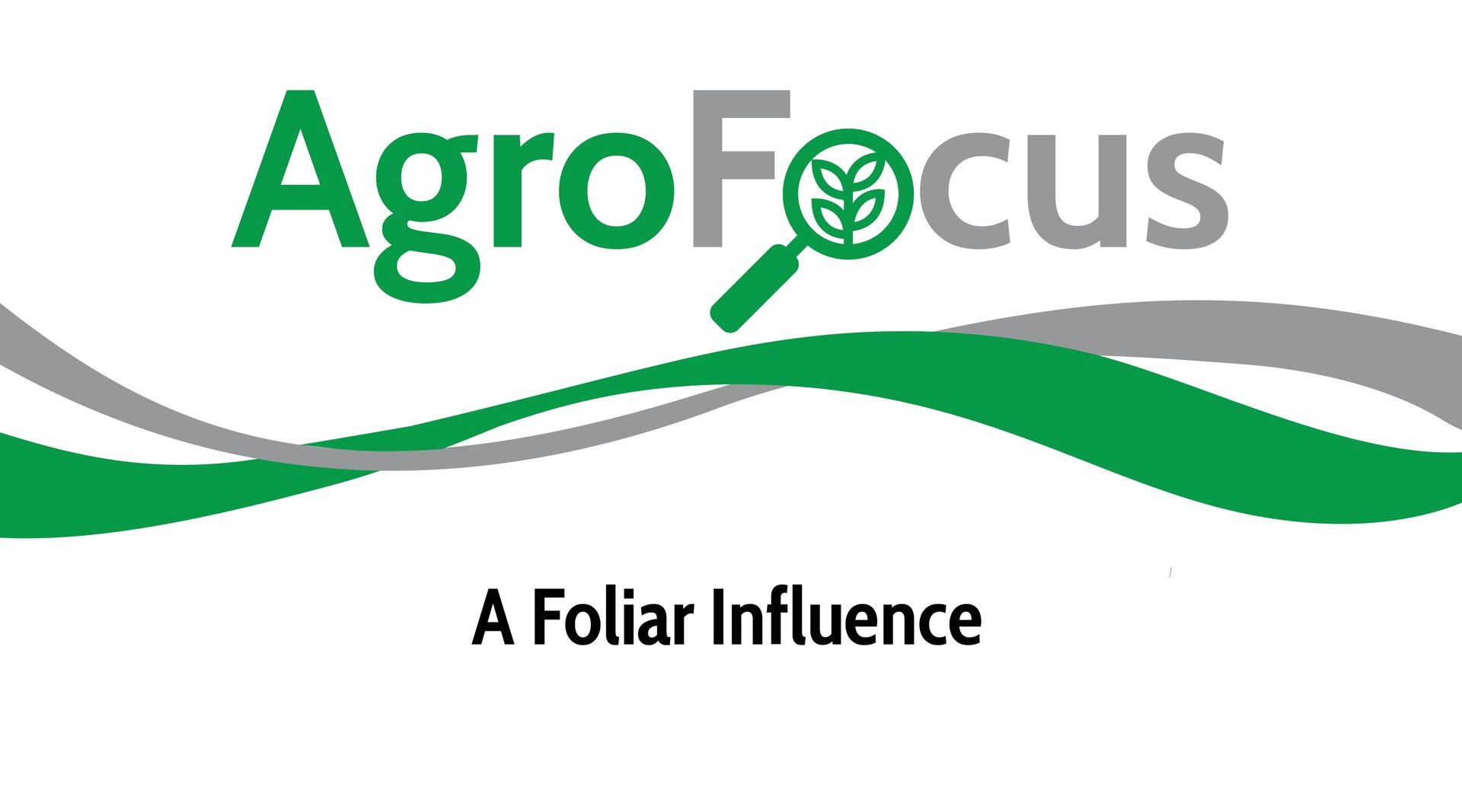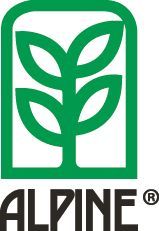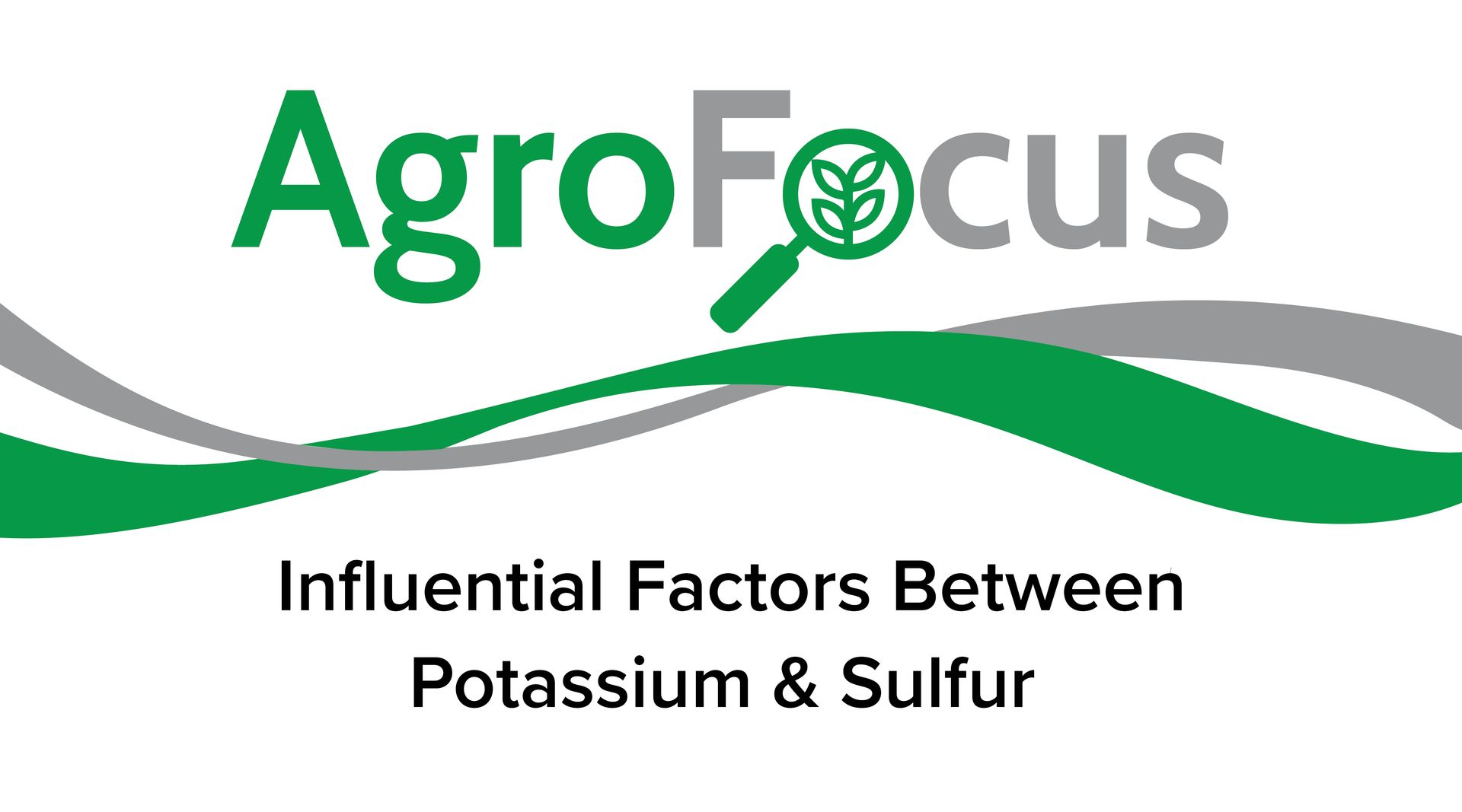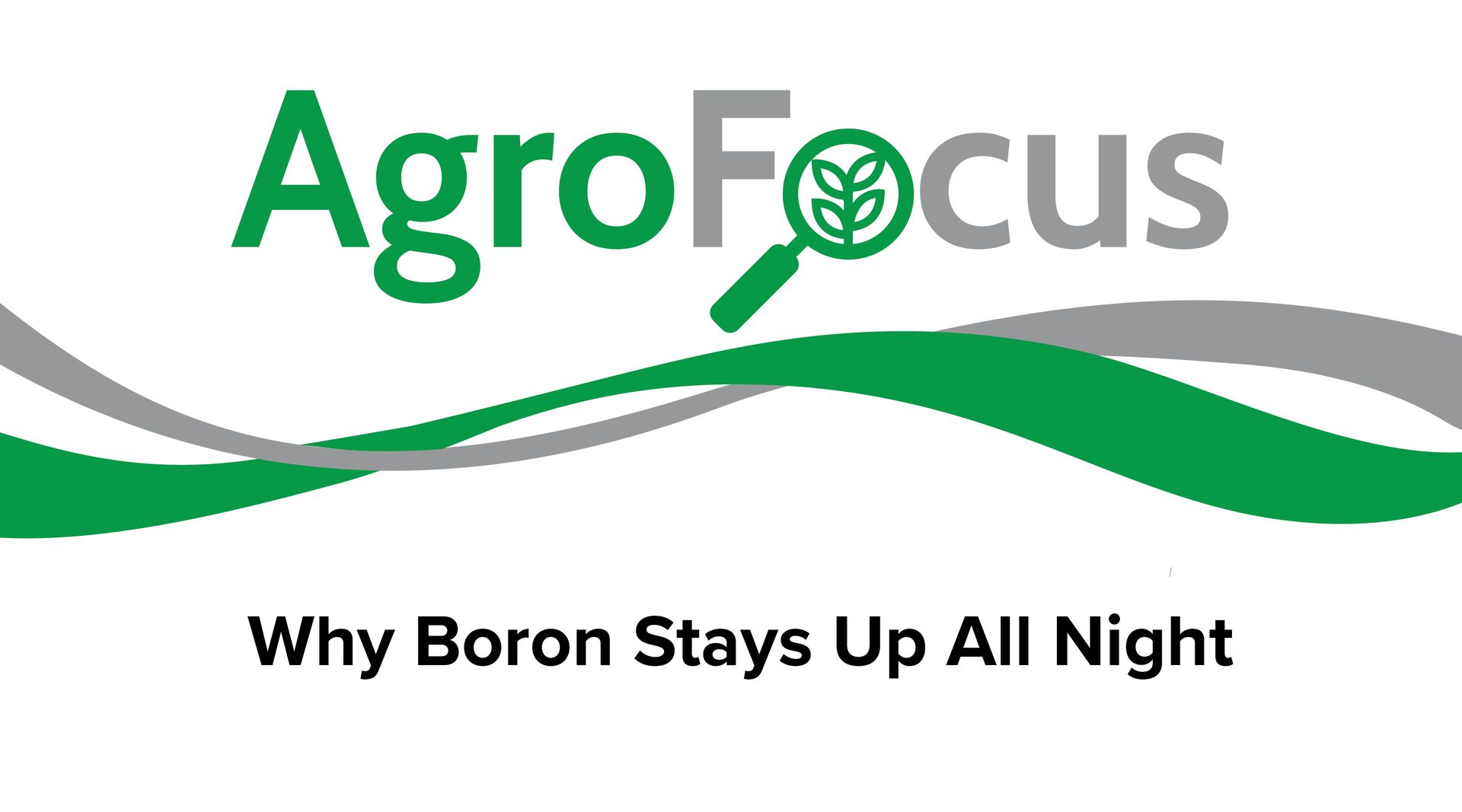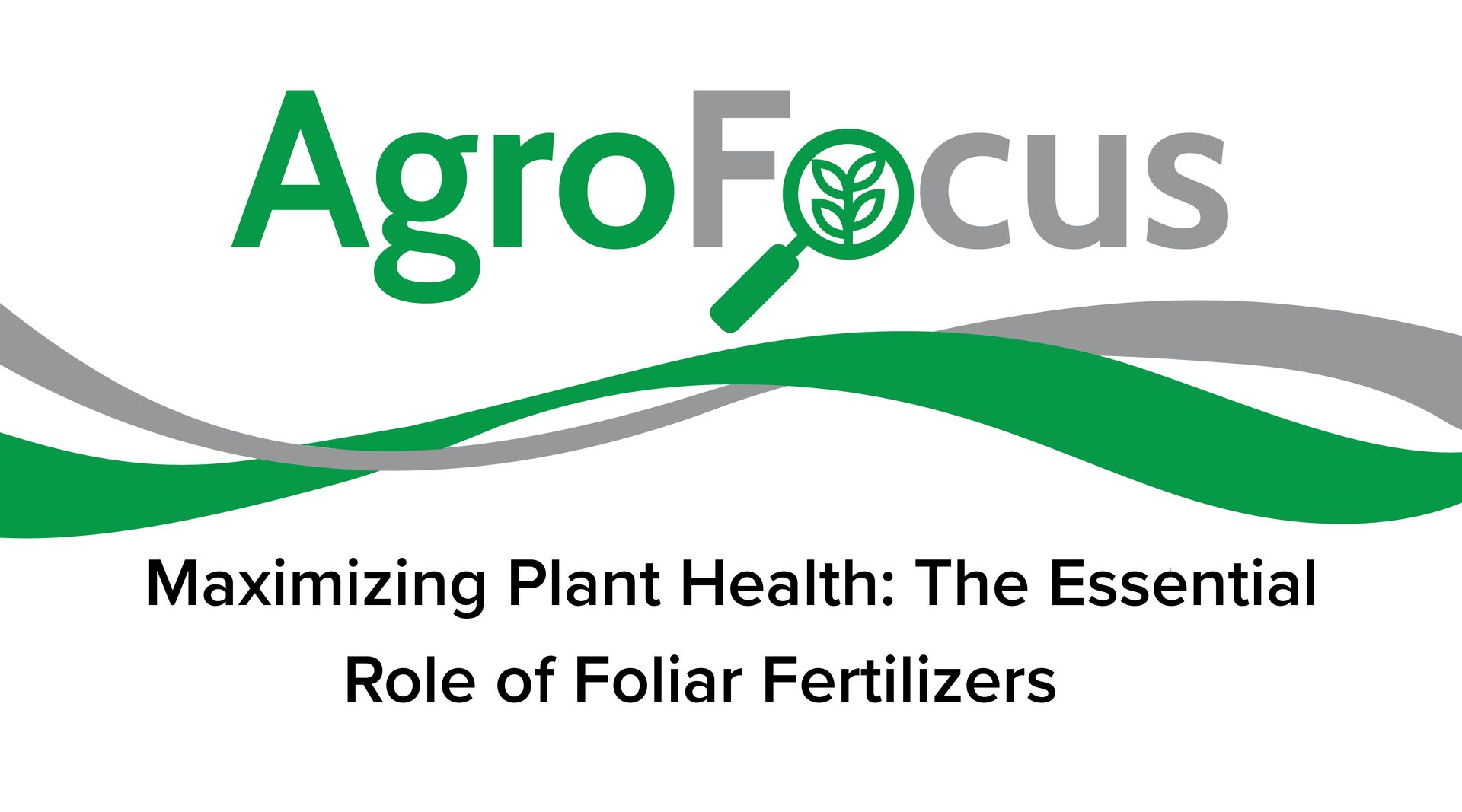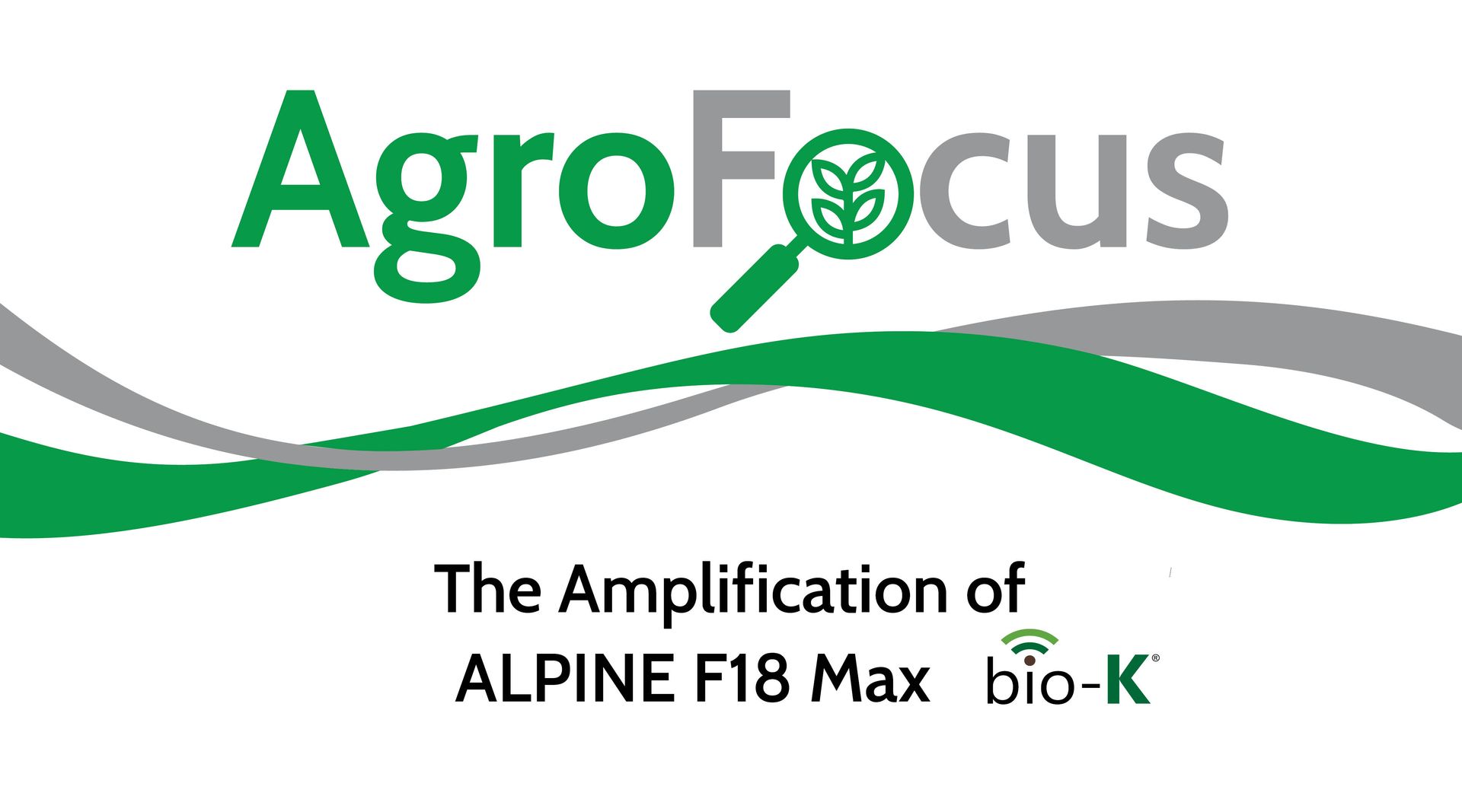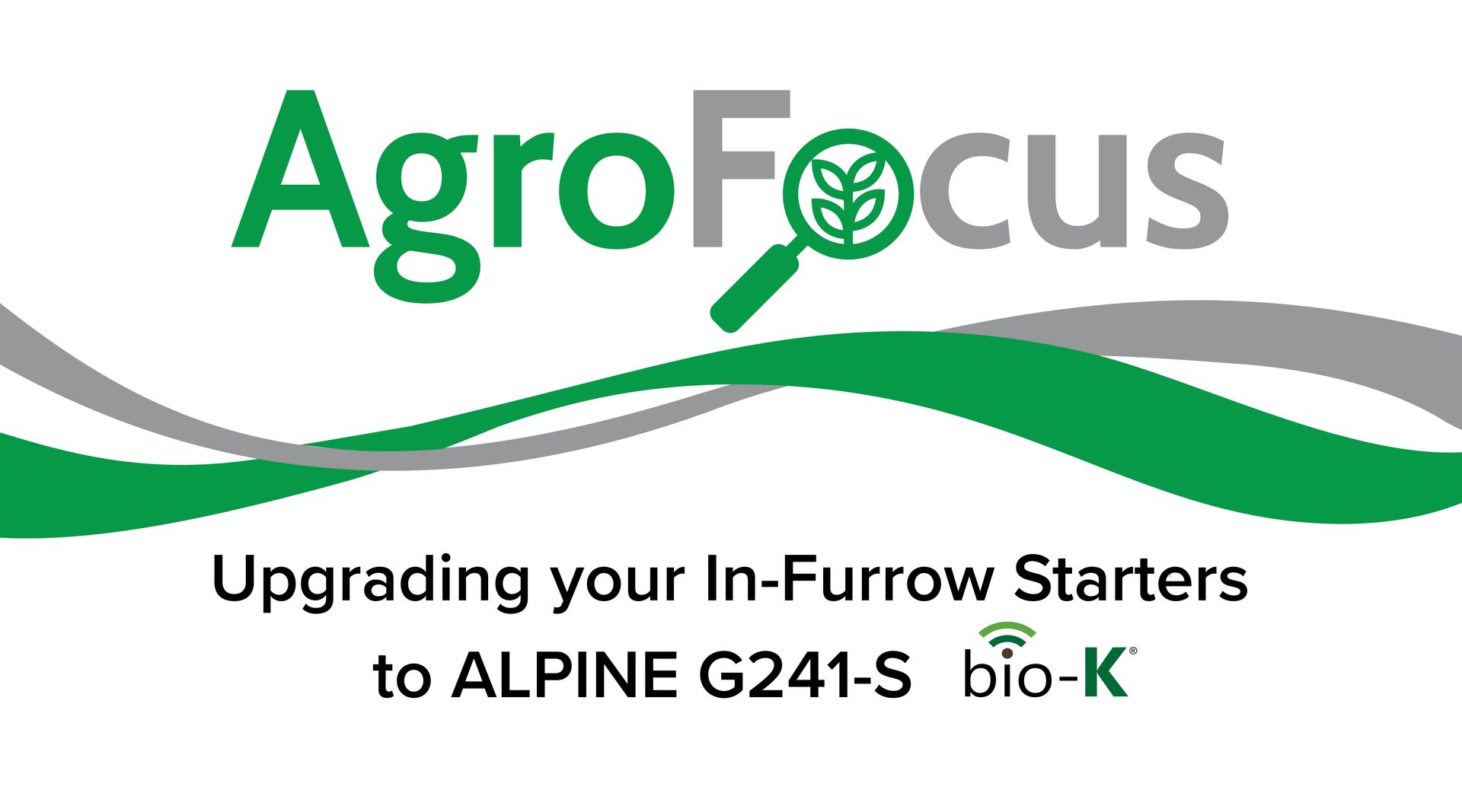The Potassium Factor, So Little from So Much!!

The benefits of maximizing potassium efficiency
The months of July and August have been filled with field scouting across Canada. From potato crops in PEI and QC, corn fields in NB and ON, to canola and wheat fields in SK and AB, the discussion of potassium continually arises. Having had good moisture across much of our country in the spring, we are now witnessing extreme temperature pressure along with drier conditions on many crops, along with excessive moisture in others. Walking fields yesterday in 35 plus degrees, you could smell the plants cooking in the sunlight. Luckily, we are still having cooler nights and the early season moisture is allowing some reprieve with the increased vegetation that was developed. Through continual crop scouting, accompanied by tissue or sap sampling, we are following up on our foliar applications, to see where our nutrient balances are, while looking for some patterns around plant health.
While walking fields, we continually look for areas where the plants have a healthier colour along with a stronger tolerance to wilting. Knowing potassium is key to nutrient facilitation within a plant, the increased levels of potassium throughout a plant assists with water management. By allowing better stomata control, transpiration is monitored, and plants can respond rapidly to increased moisture loss. As potassium wanes in a plant, this process begins to slow, decreasing water use efficiency. ATP energy also declines, as photosynthesis is retarded at lower potassium levels. These two symptoms alone support the importance of balanced K in plants, along with the facilitation of all other nutrients requiring it. Below is a list of some of the roles that potassium plays within your fields:
Maximizing Potassium Efficiency
Role of Potassium in plant
1. Formation and translocation of starches, sugars, and fats
2. Protein formation
3. Aids in enzyme actions
4. Helps cells maintain their internal pressure (turgor pressure)
5. Maintains balance of salts and water in cells (stomata management)
6. Improves seed quality
7. Increases root growth and resistance to disease and drought (enhanced potassium uptake via root tips)
Referring to my title, “So Little from So Much” I would like to tweak your thought process around why crops grown in high K ppm level soils still struggle to take up sufficient potassium. As we better understand this complexity, we must consider the interaction between crop demand and fertilizer applications. With several different forces competing in our soils, not all applied nor natural occurring potassium remain available to plants. As the complexity cannot be covered in a short blog, let’s consider a few topics that may spark your interest for further research.
As soils differ in texture, the CEC also changes, reflecting in the soils ability to store positively charged nutrients. We also need to realize that only the K attached to the edges of the clay are readily available for soil solution. With clay soils having higher cation exchange capacity, they can store more potassium, however, the nutrient release rates are inversely related, releasing potassium back into soil solutions at a slower rate than plant demands. The type of clay plays a major role here, with vermiculite and mica-based mineral soils having strong K fixation capacities, scavenging plant available K and rendering it unavailable for the season. So, understanding the physical properties of your farms become a key factor.
Dry soils also attribute to potassium uptake, as mass flow is reduced. Soluble K is exactly what it is, “Soluble”. So, as we consider and measure soil moisture throughout the root zone, we need to monitor root development, available moisture, and understand rates of diffusion based around water. This is where we are working with Crop Intelligence to monitor root growth and water usage throughout a one-meter depth, knowing that K is attached to clay throughout this whole profile. Scanning root structures is also strengthening our knowledge on how ALPINE Bio-K can increase root tips, enhancing water management along with nutrient uptake.
With so many more considerations, there will be a future Blog that will drill deeper into this topic. How will we utilize plant metabolism, increased root development, along with amplified soil microbial activity, to better extract K from our soils. By continually monitoring and balancing your strategic potassium plan, we can improve our “Pursuit of Efficiency.” To assist with further discussing your pursuit, our Nachurs Alpine Solutions Team looks forward to taking our 50 years of experience, to discover how our ALPINE Bio-K can improve your pursuit of K efficiency.
Please connect with your DSM and Dealer network, to see how ALPINE’s Maximize Fertilizer Efficiency can improve your farming experiences today.

Greg Patterson B.Sc.(Agr.), C.C.A. Mi
CEO A&L Canada Laboratories
Potassium bound by clay.

Effect of Potassium on Nitrogen Use Efficiency
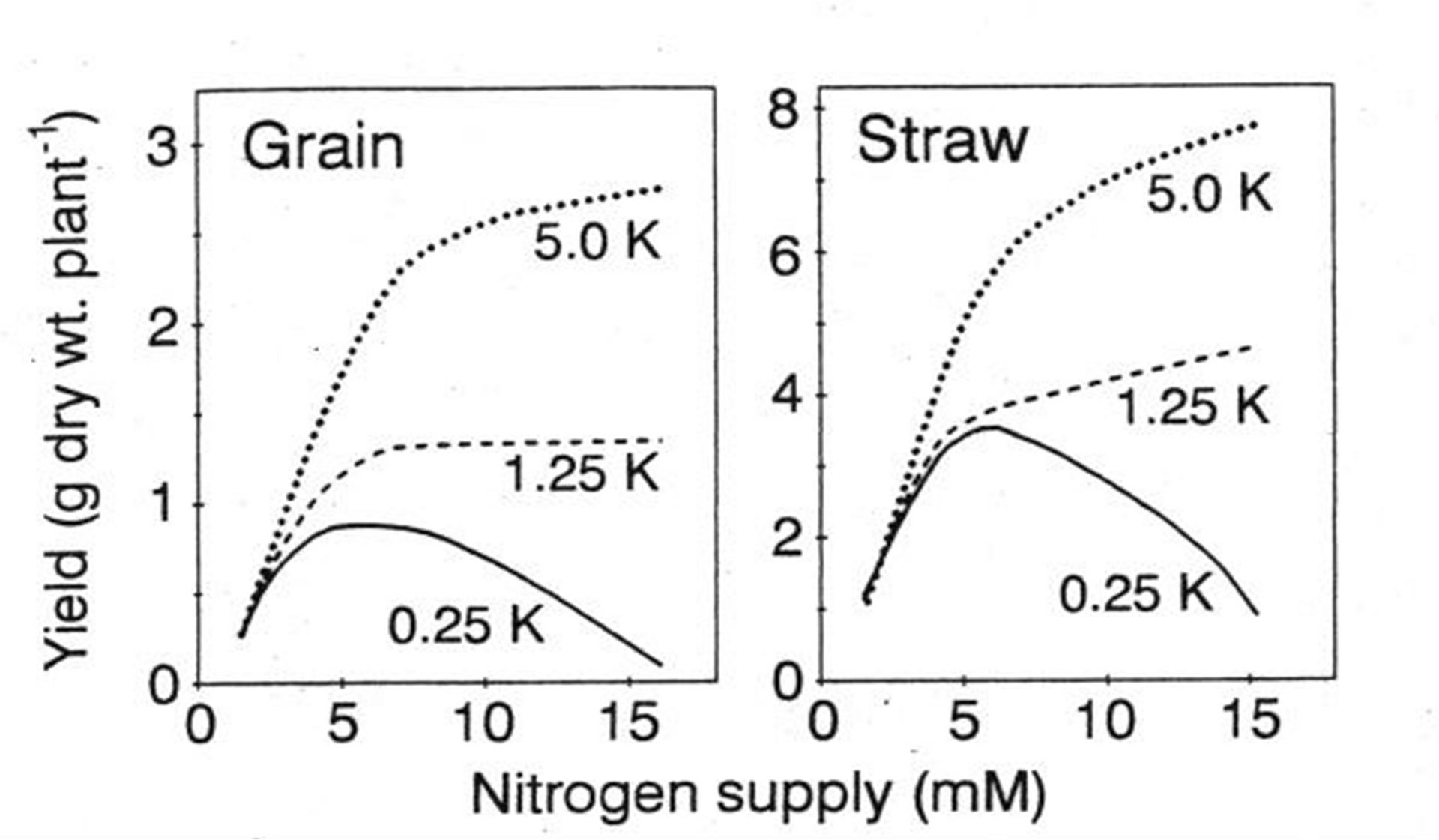
Marschner
Steve McQueen, Agronomy Manager
